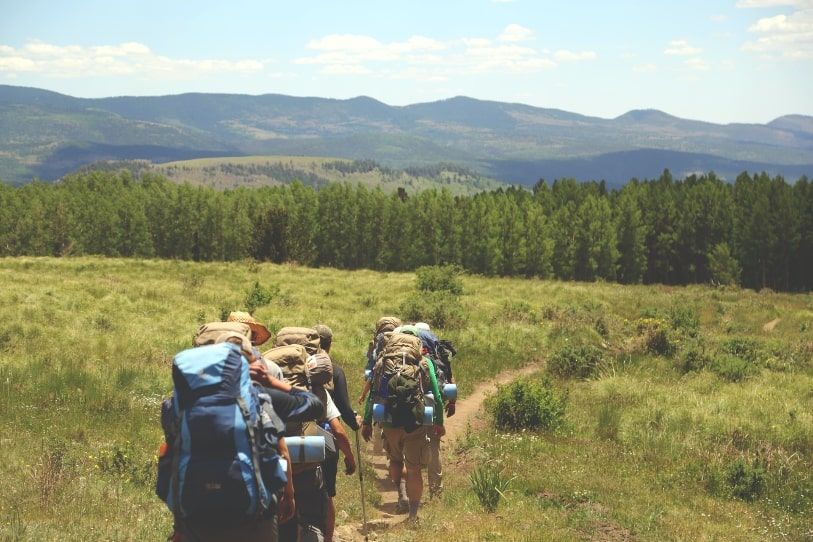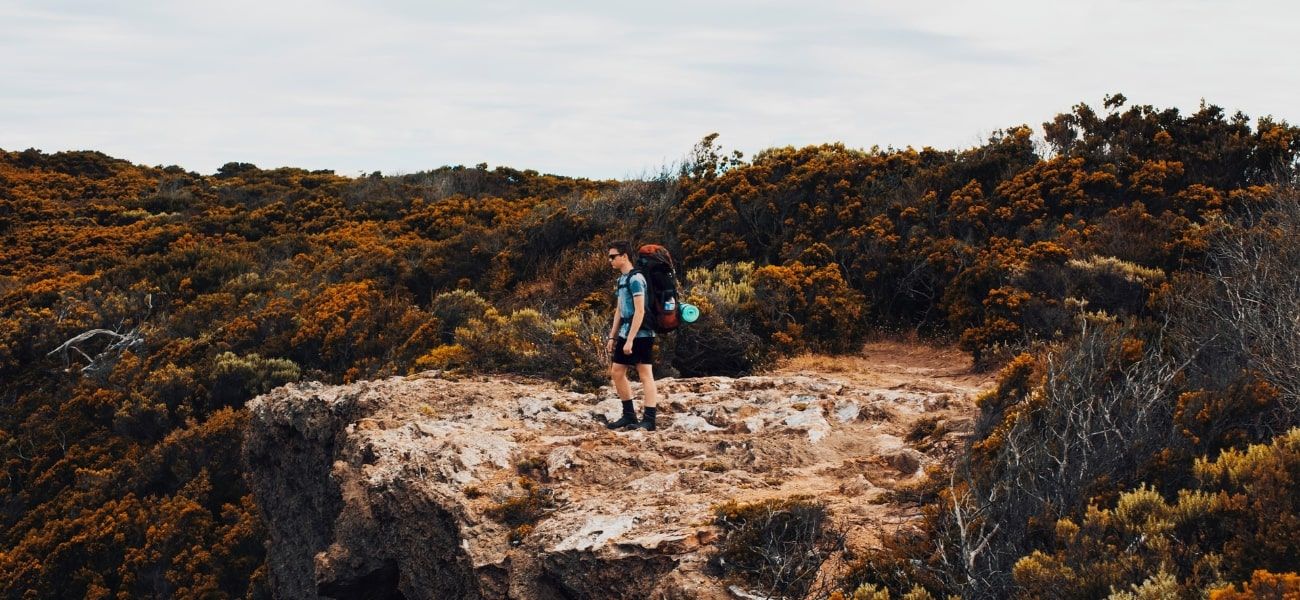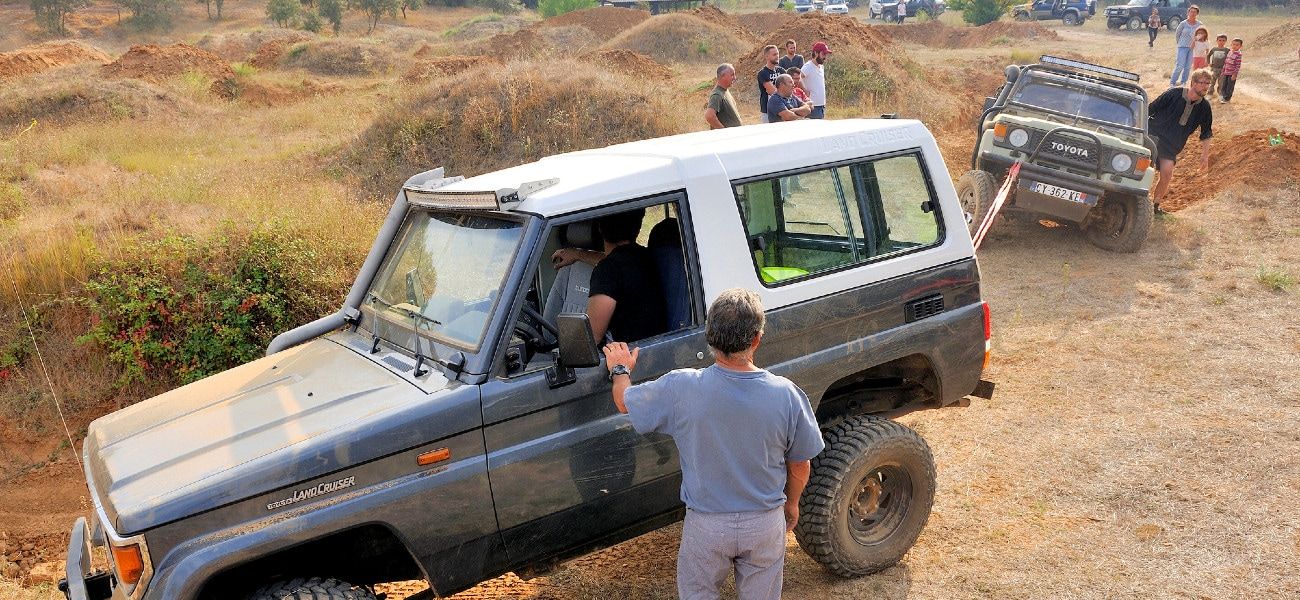Hiking is a great way to get away from the every day, but if you're new to it, it can be difficult to know where to start.
Wondering which is the most efficient way to pack your backpack? Figuring out how to pack a backpack for hiking can seem like a daunting task, especially if you're trying to fit in extra gear that you might not have taken with you otherwise.
Here are a few tips and tricks that you can use to make packing easier.
Packing Your Backpack
Backpacks come in a variety of shapes, sizes, and uses.
For any trip you are planning the basics are the same: a place for your food, water storage, shelter material, some type of clothes for sleeping and hiking/climbing, various tools such as a flashlight and batteries, toiletry products, a first aid kit, plus a jacket/poncho to use in cold weather conditions.
The rest of your items will vary depending on the trip you are taking. You may need something for water purification, an emergency shelter, a map, a compass and any other tools based on the extra activities you will be doing.

Also don't forget to keep medical supplies on hand in case an emergency arises. If you take medication regularly, ensure that you always carry some with you.
- 1Start by filling up the pockets with small things such as your first aid kit, multi-tool, keys, maps or guide books. Divide the smaller things into groups and assign them each to a pocket in your backpack.
- 2Pack your sleeping bag with your hiking tent, trekking poles, and other things you need to set up camp. If you are using a 2 person tent or a 3 person tent, you will want to split the tent and the poles up between you and your sleeping partner. Your sleeping bag should be placed in a dry bag or waterproof cover (if available) and then placed in an easily accessible area on the side of the backpack or on top of it.
- 3Now pack your clothes. You can keep them in waterproof bags or plastic bags. It is best to split your clothes into sets for each day of your hike. We do not recommend keeping all of them in one plastic bag as this might cause condensation when dirty wet clothes are in the same bag as your fresh, dry clothes.
- 4Now put in all the extra items that you need such as toiletries and your first aid kit. It’s important to be quite selective about what extra gear you include here beyond the essentials, as your pack weight and size can really balloon out at this point.
- 5Now we get to the fun part! Put in all of your tools and compact electronics such as spare phone battery, GPS and/or spot tracker, MP3 player, and camera. Again, many of these items are totally optional and it’s up to personal preference as to whether you want to include them.
- 6If you are taking any snacks with you, you may want to place them in one of the external pockets of your backpack. You will need plenty of sustenance to make up for the calories you will be burning while out on the track!
- 7Finally, zip up your backpack and adjust the necessary straps to make sure that it fits nicely around your body and will be comfortable for the duration of your trip.
How To Waterproof Your Pack With A Pack Liner/Cover
While what we pack and the order that we pack it in is important, keeping all of our gear dry is another matter entirely.
Note that rain isn’t the only threat to the dryness of your gear. River crossings are another way that you could inadvertently soak your gear. Of course, if you plan on doing any water activities like kayaking, you also run the risk of wet gear.
There are two options available to you when trying to keep the gear in your backpack dry while out on a hike.
- Use a pack liner - A pack liner is a waterproof bag that you put inside your backpack. This helps keep most of the water out of your backpack if it does become submerged in water.
- Use a pack cover - A pack cover is essentially the same as a pack liner but is an external bag that covers the outside of your backpack. Although it takes more effort to put on and take off, it can also be more effective at keeping water and dirt out than a liner that only works once your backpack is already saturated with water.

Some extra tips:
How To Pack Your Backpack For Good Weight Distribution?
Packing a backpack for weight distribution is all about positioning the heavier items closer to your body. This will make it easier for you to maintain proper posture and avoid getting a sore back a few hours into your hike!
The first step should be opening up your bag and laying it out flat. Take all of your gear out, then start figuring out how you want things in there by placing them around the pack and fitting them in as snugly as possible. You may want to grab a notebook or sheet of paper to draw out diagrams of what you see and pack more systematically.
Once you have everything in place, you may be tempted to just start shoving things in willy nilly. This is the wrong approach. Before anything else, make sure that your sleeping bag is placed in first, right next to the shoulder straps. This will help keep the sleeping bag on your back from sliding around and bunching up against your body while you're moving around.
Then, what you'll want to do is start with the heaviest / bulkiest item and put it on the very bottom of your pack. You need to make note of where that is, so you don't forget later while packing up.
Then, insert something next to it that can fill in the gap made by the first item, with a similar weight if possible. This will help you maintain good balance throughout your backpack and give you a weight distribution that will look something like this: Backpack – Heavy things – Thin things – Stuff for sleeping.

After this, you'll want to pause for a second and think about where else your items may need to go in your bag. You want to make sure that everything can be snugly packed in so nothing is sticking out. You may want to start putting the smaller items into the outside pockets of your bag. This can also be a good place for important safety gear such as hiking PLBs.
At this point, you may need to rearrange some of your larger items or reposition some of the smaller ones to get everything situated correctly.
If you still have extra room, it can be tempting to fill it up with as much stuff as possible. Resist this temptation! You will end up carrying a lot of extra stuff that you don’t actually need.
Organising Your Gear With Packing Cubes
Packing cubes can help in all aspects of organizing your gear within your backpack. These cubes are like small bags that you can use to separate different types of gear from one another, such as separating dirty clothes from clean clothes or hygiene items from food.
They also make it easier to find things, since they compartmentalise your backpack, making it more organized than a huge open space where everything is mixed together.
It's nice to have bags set aside for things like dirty laundry or shoes so that they don't mix with your other items.
To keep things organised, group similar items together in the same cube. I also like to use the cubes to separate the different clothes that I’ll be wearing each day. Each cube represents one day of clothing, which makes it really easy to pull out in the morning and get changed straight away.
Packing cubes are fantastic for keeping your items organized so that you know where everything is and can find it quickly.

Summary
Hiking can be a lot of fun, but it is also an adventure that requires some planning and preparation to ensure that it is enjoyable.
Start off slowly by doing some single day hikes before moving onto multi-day hikes. This way you can stress test your gear and fine tune your packing in a controlled environment.
Anyway, that pretty much covers my tips on how to pack your backpack for hiking!
- What are your tips for backpacking?
- Are there any tips or tricks that you have when it comes to backpacking?
- What are some of your favourite things to pack?
- Do you have any interesting stories or anecdotes from the trail?
Feel free to leave a comment in the box below, I'd love to hear from you! Thanks for reading.
This article may contain affiliate links. I will earn a commission if you choose to purchase a product or service after clicking on my link. This helps pay for the cost of running the website. You will not be disadvantaged in any way by using my links.
Note that while every effort is made to ensure the accuracy of the information on this page, there may sometimes be errors. Check all specifications with the manufacturer before purchasing any product.



